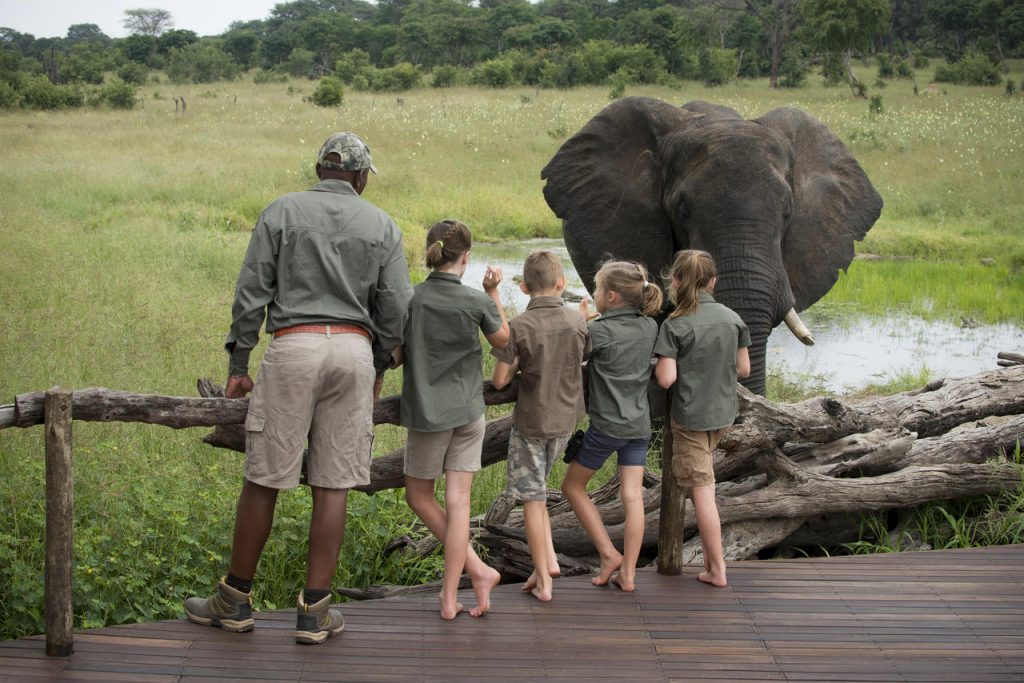Nyerere National Park
The Nyerere National Park is Africa’s largest game reserve and one of Tanzania’s most beautiful parks. Famous for its boating safari, as well as being the finest destination in Tanzania for walking safaris.Well respected as one of Tanzania’s areas of true wilderness, Nyerere is absolutely vast. It is most often combined with Ruaha National Park but also stands alone as a destination in its own right. We design many short safari and beach trips using this park. The northern section is the location of the park’s best camps, the majority being based on Rufiji River or one of the River’s lakes. These waterways are the lifeblood of the park and the focus of the region’s game movements. In 2019, the Tanzanian national park authority (TANAPA) declared a change of identity of the northern sector of this reserve as a way of honouring President Julius Nyerere, who was the first president of Tanzania. Today, the area that stretches from the photographic sector in the north all the way to the wilderness area of the River Rufiji in the south, is known as Nyerere National Park.
General game viewing
Impressive numbers of herbivores congregate on the shores of the river and its lakes – and equally impressive concentrations of predators stalk these herds! Cats comprise lion, and leopard. Lion are particularly prevalent, simply lying in wait for near next meal! Travellers often witness a kill here. Other mammal species include hippopotamus, zebra, giraffe, sable antelope, Lichtenstein’s hartebeest, greater kudu, eland, impala, waterbuck, bushbuck, Nyasa wildbeest, kongoni – the miombo woodlands make a fantastic habitat for antelopes in particular. There are also spotted hyena, side-striped jackal, vervet monkey and yellow baboon. Nyerere boasts the largest population of wild dog in all Africa! Indeed, this is one of the reserve’s main attractions. Keen birders are in their element on a Nyerere safari, with approximately 450 species recorded! The lakes are home to all manner of waterfowl – ducks, geese, grebes, egrets, herons, bitterns, pelicans, spoonbills, kingfishers, skimmers, cormorants, storks, ibises. Raptors include eagles, vultures, hawks, harriers, buzzards, kites, osprey. The secretary bird hunts on foot, while other ground-dwellers such as quails, guineafowl, crakes and bustards forage in the foliage. There are also gulls, plovers, doves, pigeons, lovebirds, parrots, cuckoos and bee-eaters. This is a seriously good place to be if you like your birdlife!
When to go for game?
Nyerere is a classic dry season park with game viewing at its best from July through to October. In this ‘dry’ season game tends to congregate around the rivers and lakes making viewing much easier. The herds build up in search of water and game viewing becomes significantly easier as the bush is so thin and dry. Outside of this period game viewing in Nyerere can be somewhat ‘iffy’! Travel in June and you may find the grass too long still…travel from November onwards and the movement of game away from the rivers (due to rain) means there is less of a concentration to be found throughout the park. However this is the time safari enthusiasts travel – happy to have less of a density of animals in return for the exclusivity of quiet camps and quiet parks. Birding however is absolutely superb from November through to March….if that tickles the twitcher in you!
Safari holiday activities in Nyerere
Activities on a Nyerere safari include boating and daytime game driving. There are no night safaris allowed in Nyerere. The vast majority of camps also offer walking safaris with Beho Beho and Sand Rivers offering an incredibly high standard of walking operation. Sand Rivers famous fly camping trips are some of the best walking camps in Africa, let alone Tanzania!

